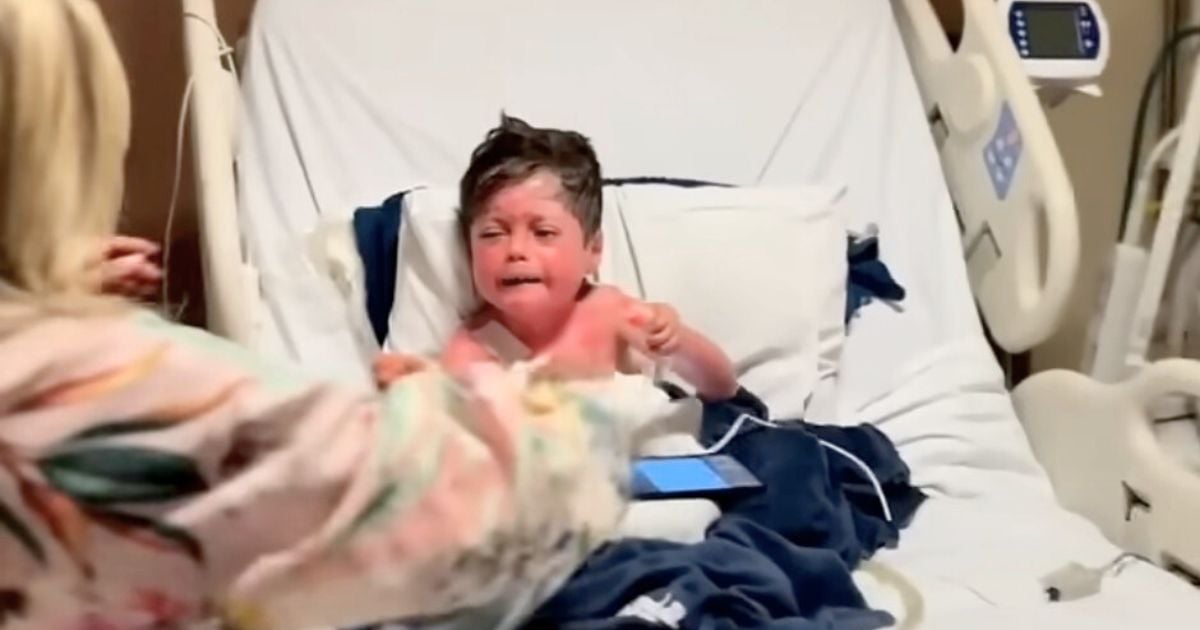It sounds like the plot of a science fiction movie, but this is real life. Scientists have announced the creation of a human-sheep hybrid.
But it’s not as weird as you think.
“The contribution of human cells so far is very small. It’s nothing like a pig with a human face or human brain,” Stanford University researcher Hiro Nakauchi, said.
According to National Geographic, the sheep embryos are 0.01 percent human by cell count. The embryos weren’t allowed to develop past 28 days of age, but this moves scientists one step closer in the direction of being able to grow human organs for medical transplants.


“We think that that’s still not probably enough to generate an organ,” researcher Pablo Ross of the University of California, Davis, Ross said during a press conference.
He said the embryo would have to be 1 percent human for the transplant to be accepted and not rejected by the human body.
However, it moves scientist one step closer to growing organs using chimeras, or hybrids of two different species. This is the second successful human-animal hybrid to date as they created a human-pig hybrid in 2017 that grew to be 4-weeks-old.
Chimeras are just one of the ways scientists are trying to create organs for the 22 people who die each day while waiting for an organ transplant.


Some are trying to print 3-D organs while others are trying to build mechanical organs. Researchers are making chimeras by isolating one animal’s stem cells which can be developed into any type of cell.
Stem cells from one species are then injected into the embryo of another.
Ross says the research could be pushed further if there was adequate funding. However, the U.S. Institutes of Health forbids public funding of human-animal hybrids. So, their research is funded by private donors.


According to Daily Mail, the U.S. Institutes of Health indicated in 2016 that they might reconsider but backed off after they got more than 20,000 complaints from animal rights groups.
“All of these approaches are controversial, and none of them are perfect, but they offer hope to people who are dying on a daily basis,” he said. “We need to explore all possible alternatives to provide organs to ailing people.”
Still, researchers are confident that eventually human lives will be saved thanks to this research.
“It could take five years or it could take 10 years but I think eventually we will be able to do this,” Nakuachi said.
Please SHARE this with your friends and family.















